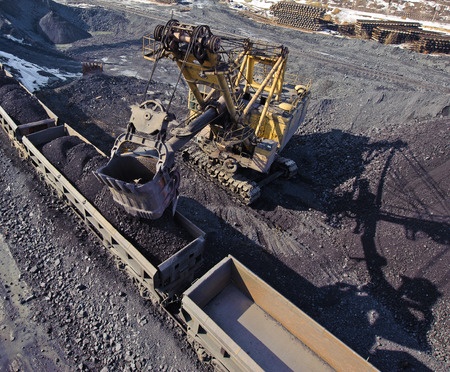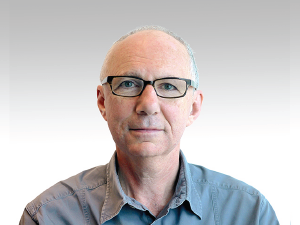Most recent

Gavekal-IS

The Manager’s Unspoken Truth

Gavekal Research

On The Need To Stockpile Commodities
Gavekal Dragonomics

Consumer Support Loses Its Punch
Gavekal Research

The Bond Quandary For 2026
Gavekal Dragonomics





Gavekal Research





Gavekal Technologies





Gavekal-IS





Gavekal Research

Navigating The AI Bubble
Checking The Boxes
Our short take on the latest news
German CPI rose 1.8% YoY in Dec, versus 2.3% in Nov
Inflation cooler than expected 2.1%; French CPI rose 0.8% YoY in Dec, versus 0.9% in Nov
Energy prices driving disinflation; reflationary forces to build in 2026
Italian HCOB services PMI fell to 51.5 in Dec, from 55 in Nov
Below expected 54.1; composite PMI fell to 50.3 in Dec, from 53.8 in Nov
Reinforces outlook for slow recovery; momentum likely to improve
Australian CPI rose 3.4% YoY in Nov, versus 3.8% in Oct
Inflation lower than expected 3.6%; trimmed mean CPI rose 3.2% YoY in Dec, vs 3.3% in Nov
Upside risks to inflation will keep RBA on course to start rate hikes in 2026
Philippine CPI rose 1.8% YoY in Dec, versus 1.5% in Nov
Inflation above expected 1.4%; core CPI rose 2.4% YoY in Dec, the same pace as in Nov
Inflation driven by food prices; BSP to continue easing cycle to prop up growth

- Kimchi allergy
- Hair loss
- Acne
Chart of the Week

Gavekal Research
Essential Reading: A Book For Every Week Of The Year
Gavekal Research

Webinar: Investing Into 2026
Tariff Troubles




US economy & markets




China chartbook
Gavekal Dragonomics

The Chinese Consumer In 2025
India chartbook
Gavekal Research

India Macro Update: Downside Risks Abound
Latest video
Gavekal Research

Video: The Immigration-Reindustrialization Balancing Act
Strategy Chartbook
Gavekal Research

Quarterly Strategy Review: 4Q25
Emerging markets




Europe's economy




Currencies






Oil & commodities











